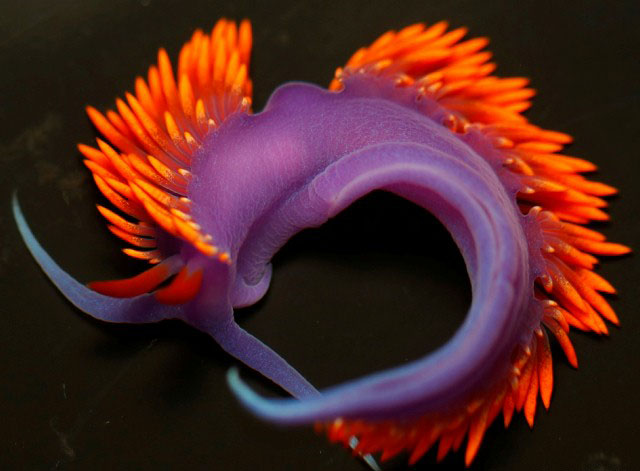How Do Gills Work?
Published by Ocean Conservancy
All animals breathe. How they breathe, however, varies.
If you’re reading this, you’re probably a human. This means that you breathe by inhaling oxygen (which your body need to function) and exhaling carbon dioxide as waste. Air flows in through your nose or mouth and into your lungs where oxygen is transported through blood to the rest of your body. (Side note: are you breathing more heavily as you read this? Just me?)
In order for us to breathe, we need air. So, what does that mean for animals that live in the ocean?
Like us, fish also need to take in oxygen and expel carbon dioxide in order to survive. But instead of lungs, they use gills. Gills are branching organs located on the side of fish heads that have many, many small blood vessels called capillaries. As the fish opens its mouth, water runs over the gills, and blood in the capillaries picks up oxygen that’s dissolved in the water. Then the blood moves through the fish’s body to deliver the oxygen, just like in humans. All bony fish also have a bony plate called an operculum, which opens and closes to protect the gills.
Fish aren’t the only undersea organisms to use gills, however. Mollusks and crustaceans also have gills that operate the same way by pulling oxygen out of the water as it runs over the gills. Some animals even display their gills outside of the body: the name “nudibranch” (commonly known as sea slugs) comes from Greek and Latin words meaning “naked gills.” Nudibranchs often have feathery, brightly-colored ones that are exposed on their backs.


It’s hard work to breathe underwater. The air we breathe has an oxygen concentration of 200,000 parts per million. Water, on the other hand, only has a concentration of 4 to 8 parts per million. That means fish need to run a lot of water over their gills to get the amount of oxygen they need to survive. Also, gills are very efficient in extracting the oxygen the fish needs!
Breathing gets even harder when the oxygen concentration decreases. You may have heard of hypoxic zones, also known as “dead zones”, where low levels of oxygen make it impossible for animals to survive. Although they can occur naturally, hypoxic zones can also be created by human activity. When high-nutrient pollution, like farm runoff, enters the ocean, it can cause algal blooms that then die and decompose, causing low-oxygen zones. In 2019, runoff caused massive dead zones in the Gulf of Mexico.
Just like we need clean air to breathe, fish need clean water to breathe. We can help gilled organisms thrive by keeping their ocean habitat free of pollutants.
Sign up for our emails!
The post How Do Gills Work? appeared first on Ocean Conservancy.
Read the full article at: https://oceanconservancy.org/blog/2020/01/17/gills/



